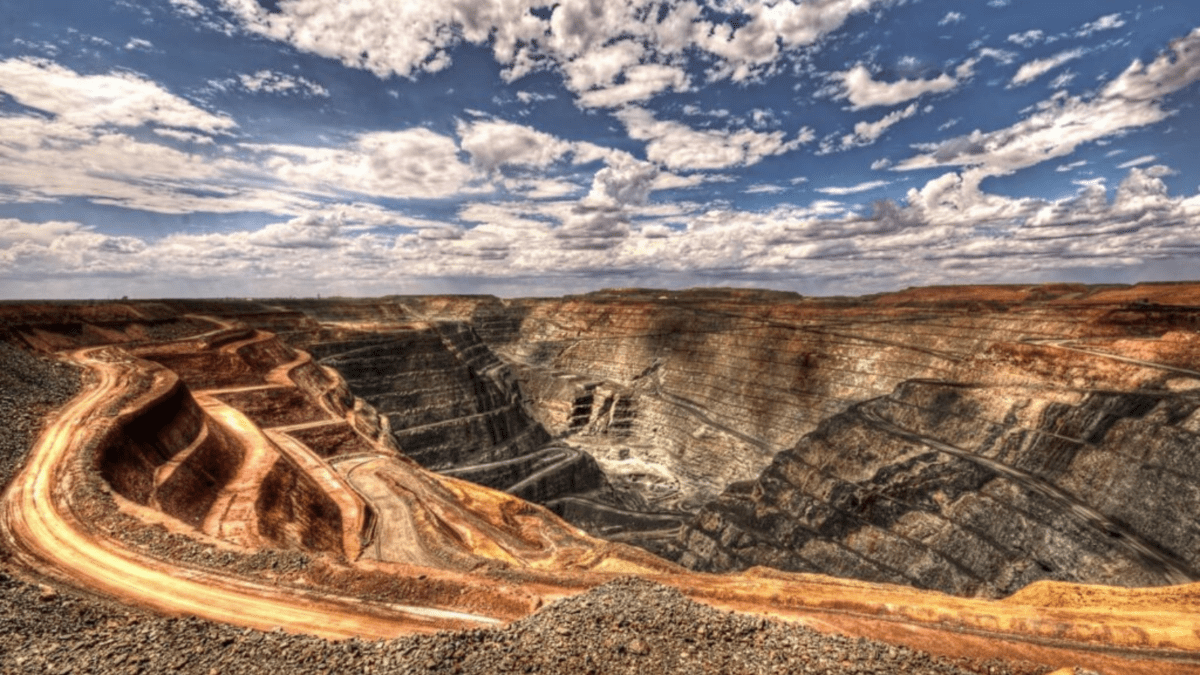Some golden rules to help investors pick a mining gem
It’s often said Australia built its early prosperity by “riding on the sheep’s back”. While it contains a kernel of truth, the NSW and Victorian gold rushes of the 1850s and the WA gold rush near the end of the 19th century offer a more valid explanation. The population quadrupled from 430,000 in 1851 to 1.7 million in 1871, while in an isolated WA it was the fillip the economy desperately needed.
Nearly 175 years after the first gold rush, this precious metal, which remains critical to the economy with annual exports generating nearly $25 billion, still excites the populace. But today they’re not armed with a wide tin pan or shovel; it’s shares, futures, ETFs and physical gold that can get them starry-eyed.
Considering the events of the past year, that’s hardly surprising, with gold’s price rising more than 30 per cent in the past 12 months to a record high over US$2,500 ($A3,800) an ounce, again underscoring its haven status when geopolitical tensions mount. Little wonder the 185 gold stocks listed on the ASX – they comprise nearly 10 per cent of the listed entities – have been gaining attention.
But where to invest? How to find a nugget amid much fool’s gold? To help you decide, Grady Wulff, a market analyst at the stockbroking firm Bell Direct, in a recent article in the Australian Shareholders’ Association publication Equity, gave her metrics for picking a gold miner.
All-in sustaining costs (AISC): It measures the overall cost of operating and producing the bullion at the mine and is calculated in dollars an ounce. The lower a miner’s AISC is, the better for its share price. Lately, inflation has hurt mining operations, raising the average AISC globally to $US1,342 ($A2,042) an ounce in the December 2023 quarter. When assessing a gold miner as a potential investment, examine its AISC compared with its average selling price of gold an ounce to determine its margins. One of the lowest Australian gold miners for AISC is Evolution Mining (ASX:EVN)
Gold grade: The World Gold Council defines eight to 10 grams a tonne as high quality for underground mining, and one to four grams a tonne as low quality. Open-pit gold mines grade quality averages between one to four grams a tonne, with anything above five grams high grade. Grade does not define a company’s value; a lower grade just requires more ore body to be processed to generate bullion.
Mine life: The life of a mine is typically between 10 and 20 years. Factors impacting it include gold price, input costs, total fixed costs, access to ore body, service availability, demand outlook and more.
Mineral resource/ore reserves: A mineral resource can be defined as the concentration of material of economic interest in or on the Earth’s crust, while reserves are the parts of a resource that can be economically mined.
Distance to processing plant: The distance to the processing plant determines the cost of haulage to turn the ore body into bullion. For example, Spartan Resources (ASX:SPR) has a processing plant just 600 metres from its new high-grade underground deposit.
Access to ore body: A gold miner may boast the highest grade and largest deposit, but accessing the deposit and extracting the gold can be another story. The difficulty of accessing the deposit determines the value of the miner and the costs associated with turning the gold from ore to bullion. The depth of ore and profitability of the ore body compared with mining costs to extract the ore are key drivers of shareholder value.
Funding: If the miner constantly raises capital or has a high debt level this reduces its shareholder value. When considering which miner to invest in, ask if the company is fully funded or is a capital raise on the horizon? If the miner is fully funded and has strong corporate backing, its value is deemed higher.
Management: A key indicator of the value of a gold miner is the management and board experience. Has the CEO led a team before? What is his or her background – finance or are they a geologist or have another experience?
Hedged versus unhedged: The sale of bullion can be hedged or unhedged through various derivatives, and many miners hedge in times of uncertainty about the gold price. Selling at the spot price is beneficial when the outlook for gold is strong such as 2024, while hedging is greater in times of spot price depreciation. Remember, too, that hedging is attractive because gold is almost always in contango, which means the futures and forward prices are almost always higher than the spot price
Exploration potential: Once a miner becomes a producer, the focus will often shift back to exploration to determine if further ore reserve lays on the exterior of the initially defined deposit. If it does, and it is viable to extract, this adds upside potential to the gold miner’s value.










